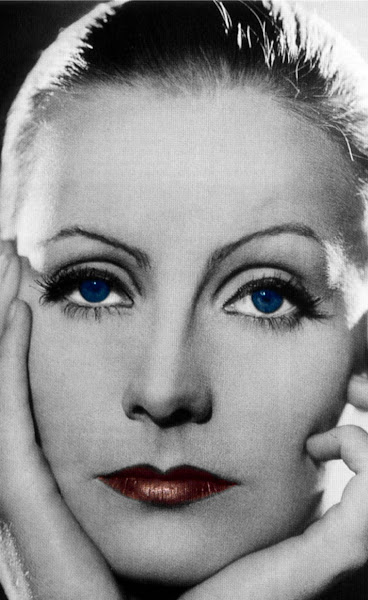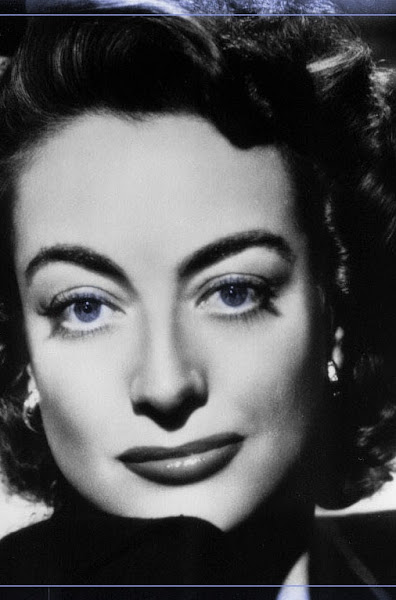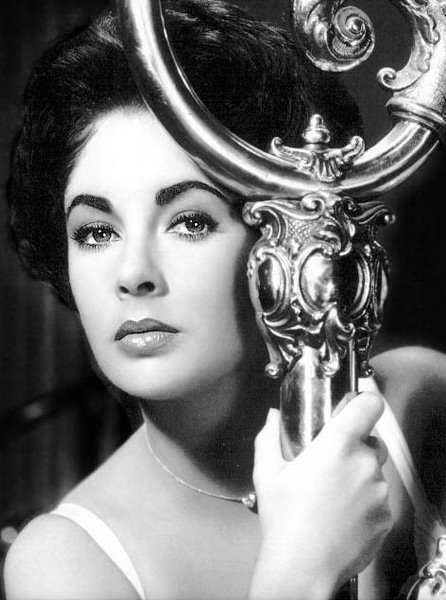
For those of you, my dear readers, who follow my blog regularly or at least know my favorite films, then you have an idea of the kinds of films about which I generally write: blockbuster Hollywood pictures, Oscar-nominated or -winning films from 1927 to today, and sometimes the occasional foreign film or documentary. However, for those of you who really know me, you know that I also have a deep appreciation for avant-garde cinema. Several weeks ago, I blogged about Man Ray (an American photographer and surrealist filmmaker in Paris in the early 20th century), and today I want to talk about the American artist and filmmaker Andy Warhol, some of whose work has left a big impact on the meaning of film. You may know Warhol better for his Pop Art renditions of actress/goddess Marilyn Monroe and the Campbell's Soup Can, but Warhol has also left an impressionable influence on film culture. Using his Factory Superstars and friends, Warhol made films as short as thirty minutes or as long as eight hours about his subjects. What I want to analyze today is what the questions posed by his films have done to change the way we think about film as an art...
The first film Andy Warhol ever made was in 1963; it was a film called "Sleep." The subject of the film, a young stockbroker and good friend of Warhol named John Giorno, was interviewed in 2002 by London's "The Guardian" about "Sleep," and his narrative offers to us some interesting insight as to why Warhol became a filmmaker:We used to go to Jonas Mekas' Film-makers' Cooperative in 1962 to watch these underground films. Andy saw them and said, "Why doesn't somebody make a beautiful film?" So he did. On Memorial Day weekend in 1963 we went away for a few days and I woke up in the night to find him staring at me - he took a lot of speed in those days. That's where the idea for the movie came from - he was looking for a visual image and it just happened to be me. He said to me on the way home: "Would you like to be a movie star?" "Of course," I said, "I want to be just like Marilyn Monroe." He didn't really know what he was doing; it was his first movie. We made it with a 16mm Bolex in my apartment but had to reshoot it a month later. The film jumped every 20 seconds as Andy rewound it. The second shoot was more successful but he didn't know what to do with it for almost a year. The news that Warhol had made a movie triggered massive amounts of publicity. It was absurd - he was on the cover of Film Culture and Harper's Bazaar before the movie was finished! In the end, 99% of the footage didn't get used; he just looped together a few shots and it came out six hours long.
Frankly, Andy Warhol made a six-hour movie about a guy sleeping. Clearly, the response to the film was 99% because of people's fascination with the famous artist.
However, what does "Sleep" even mean to us as students of film? Because Warhol is filming his friend snoozing away, it might as well be a home movie. But what distinguishes his film from Dad's home movies of the family on vacation in Orlando, Florida? I think it is because it utilizes the concept of the scientific camera. Warhol was definitely not the first person to ever use the camera in this way (Theodor Dreiser's 1928 "The Passion of Joan of Arc" comes to mind), this way of essentially placing a microscope over a person and studying him or her. But Warhol's film is ambiguous in its genre: is it a narrative film or a documentary? This might be where Warhol breaks ground―after all, a film such as "Sleep" definitely challenges many conventions that make up the way we think about film (and what it means to be a film, in general). We expect most films to have a narrative, and we do not expect a film to last more than two, maybe three, hours. Instead, we are presented with six hours of a pseudo-documentary of a man doing something we do every day. (It should be noted, though, that the six-hour length of "Sleep" probably has something to do with Warhol being on speed at the time; on drugs, time means nothing anymore.) By calling into question our expectations of film, we have learned something from "Sleep."
But the question remains: What kind of film is "Sleep"? There is no wrong answer. The film could be a narrative film in which a man is sleeping, or it could be a documentary of a man who is sleeping. But does it matter that we cannot fit "Sleep" into a box with a label?
In addition, "Sleep" begs the question of if it is art or not. Some people will say "no," just as they did to Marcel Duchamp's "The Fountain" in 1917. Others will say "yes," citing how Warhol has challenged our standards for what makes a film a film (and arguing that "Sleep" is a film, too). Again, there is no wrong answer.
But his work eventually challenges more than we expect. Around the 3:50 mark of the clip I posted (which still lacks the other nearly five hours and fifty minutes of "Sleep"), we see the sexuality of Warhol come out through the camera. Warhol lingers on Giorno's handsome face for some time, and then a shot of Giorno's sensual neck and chest runs on for several minutes. At the 7:36 mark, we see an ambiguous shape... But in the film's final shot, we discover that we have been gazing on his buttocks. Guess what? "Sleep" is actually a queer film. In this way, Warhol turns another convention on its head―the male gaze in film. The male gaze generally objectifies the female, at least in classic Hollywood, when everything was "boy + girl." However, Warhol, who was an openly gay man, homoerotically objectifies another man and makes no big deal about it (while mainstream films of the time were just barely being able to do more than "imply" things under the Hays Code). Essentially, Warhol topples the idea of the heteronormative male gaze with his first film.
And so Warhol will go on to treat more subjects similarly, challenging more conventions of filmmaking.
There is more to come, dear reader, in our study of Andy Warhol, filmmaker. Stay tuned.
June 24, 2009
Random Musing: Andy Warhol (Part One)
Labels:
queer theory,
random musings
Subscribe to:
Post Comments (Atom)

.jpg)

.jpg)
.jpg)

No comments:
Post a Comment